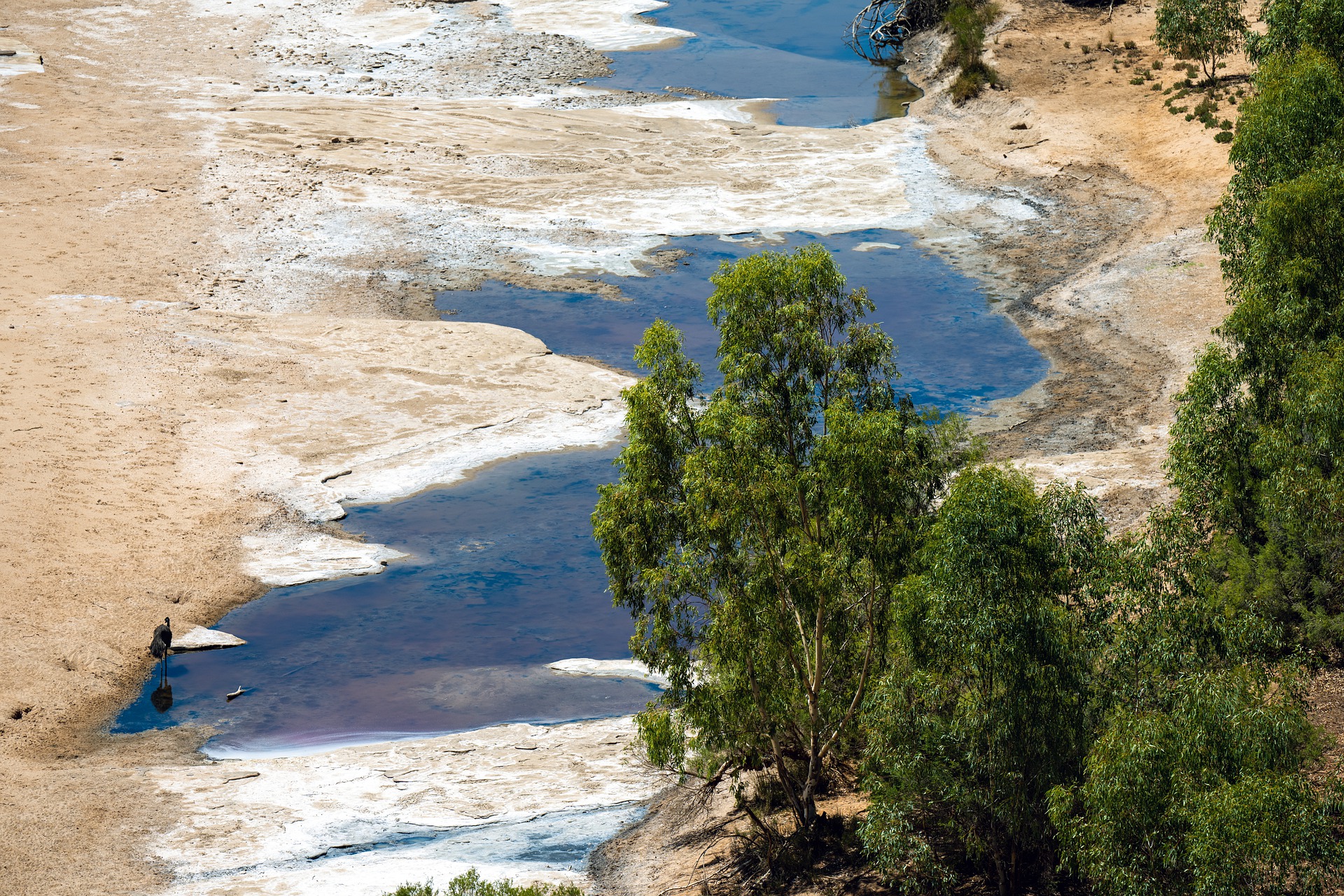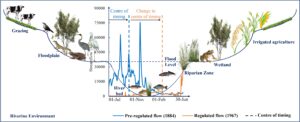
New Griffith-led research has found that climate and river management have impacted both the amount of water and when it arrives.
Published in , researchers from Griffith University and the University of Queensland investigated the change in the occurrence of streamflow due to climate change (through a change in rainfall) and river operations (flow regulation and diversion) in the Victoria’s Goulburn-Broken River catchment.

The annual streamflow in the catchment declined by on average almost half (47% or over 1300 Giga-litres), while the timing of the flow was delayed by an average of 36% or 54 days.
“Environmental water requirements for river systems are not only volume dependent but also time dependent,” said lead author , a research fellow at the . “The timing of environmental water flows is essential when it comes to restoring and conserving riverine ecosystems.”
“To date, little is known about what implications the change in timing water flow in rivers due to the combined effects of climate change and river regulation have on the allocation and delivery of environmental water to a river system.
“The timing and amount of water flowing in rivers both play a key role in connecting river channels with floodplains and wetlands, triggering nutrient/sediment exchange, maintaining water quality, facilitating species migration, supporting riverine biodiversity, and nourishing vegetation along rivers.”
Riverine food webs depend on the flux of organic material provided by seasonal flood pulses, just as salmon species require autumn flows to migrate to spawning grounds up-streams. Native species of fish, frogs, riparian vegetation, and invertebrates, fed on by water birds and reptiles, need seasonal high flows to flourish, while shallow water species and aquatic vegetation are adapted to low flows during the dry period.

The changes in river flow and the timing of water coming down the Goulburn-Broken catchment observed in this study were attributable almost equally to rainfall decline and river regulation (52% & 48% respectively).
River regulation and flow diversion alter the amount and timing of streamflow often causing a significant shift in the plant and animal life that makes up riverine environments, which has obvious implications for the restoration of river ecosystems in places like the Murray-Darling basin.

“Our study shows that the inevitable effects of climate change alone will cause a decline in annual streamflow by over a third (approximately 300 Giga-litres) by 2050 across the Goulburn River, with the timing of that water delayed by more than 20% (40 days),” Dr Patil said.
“Variation in streamflow due to seasonal climate change can lead to complex effects on riverine environments, including the disruption of fish and frog breeding cycle. In regulated rivers, such effects may also be associated with the delayed environmental water delivery.”
The findings from this study are expected to help water managers improve environmental water allocation and environmental flow practices for sustainable management of riverine ecosystems.
“In the Goulburn-Broken River catchment, which is typical of managed catchments in many areas of the world with forecast rainfall reduction, current management efforts need to be directed at reversing the change in the timing of river flows, as a primary means of sustainably management of riverine systems,” Dr Patil concluded.








